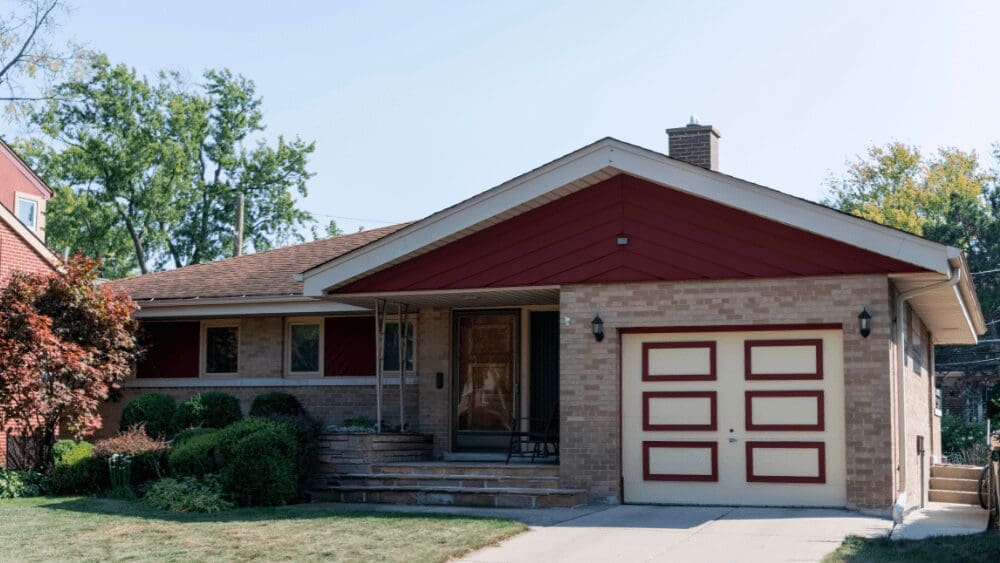
Is your serene street suddenly jammed with cars because of an open house next door? Does a ‘Sale Pending’ sign materialize on your neighbor’s yard a few days after a “For Sale” sign appears? Do your friends grumble about how many offers they’ve submitted on homes to no avail? If these scenarios ring true, chances are you’re in the midst of a seller’s market. A seller’s market exists when there are more homebuyers than available homes. In this type of market, sellers have an advantage in negotiating better deals — they’re likely to sell their homes faster and for more money than they would be able to in a buyer’s market. We’ll break down the factors that contribute to a seller’s market with help from Kenneth Bryant, a West Virginia real estate agent with 30 years of industry experience. He explains what a seller’s market looks like and what to expect if you’re a homeowner thinking about selling in these ideal conditions. In any commodity market, there are sellers, and there are buyers. Sellers furnish the supply, while buyers represent demand in the marketplace. When a market is balanced, the amount of supply and demand is the same. But when one side of the equation — supply or demand — exceeds the other, the balance shifts to the other’s benefit. In real estate, housing inventory represents the supply, and homebuyers, the demand. When there’s a shortage of homes, homebuyers compete for a limited number of homes. This competition gives sellers leverage to negotiate for a higher sales price and better offer terms, such as fewer contingencies. The following factors shift housing inventory and buyer demand to favor sellers: Lack of supply is a significant factor that contributes to a seller’s market. Let’s take a look at some factors that may contribute to an inventory shortage: The sheer number of retirees — experts estimate this growing population will exceed 17 million people between 2020 and 2030 — could be enough to keep inventory low by locking up homes that would otherwise be re-sold to younger buyers. Along with housing scarcity, a seller’s market thrives on strong buyer demand. Financial, economic, lifestyle, and demographic factors all play a role in shifting buyer demand. Buyer demand may be influenced by: Your neighbors put their house on the market on a Friday, and a “Sold” sign appeared on Monday. Was it a fluke, or a sign that it’s a seller’s market? Follow these metrics to find out. Just keep in mind that these statistics are relative to your geographic market. Reach out to a local real estate agent to gauge what average market stats are for your area. For instance, leading up to the Great Recession, Seattle area home prices jumped 44% from 2004 to 2007, according to the Case-Schiller Home Price Index. Phoenix values grew by 54% in the same period. If you have a coveted home to sell, and buyer demand is high, here’s what to expect listing in a seller’s market: When there are more buyers in the market than homes, buyers compete for what’s available. That situation often leads to more than one party placing an offer on your home. In an effort to juggle multiple offers, some listing agents stipulate an offer deadline for buyers so that the seller can review all offers at one time. The best way to manage multiple offers? Partner with a top real estate agent who has significant experience negotiating home sale deals. Seller strategies for leveraging a multi-offer situation include: When a buyer finds out that other parties are bidding on their dream home, they’re more likely to accept the terms the seller wants. You can use the situation to your advantage and negotiate the best deal. Notably, multiple offers may spark a bidding war that pushes the price upward. Bryant recounts that near the end of 2020, he sold several homes above the asking price — a rare feat in his region at the time. “I’ve never experienced that before. I know there are a lot of markets where that’s pretty common nowadays, but [selling above asking is] very uncommon in this market,” he says. Along with increasing the offer price, buyers in competitive markets may sweeten the deal with other favorable terms — such as shortening or waiving contingencies and offering cash instead of financing for a faster close. If you list your home and think you’ll have time to leisurely sort through the stack of boxes in your garage for Goodwill donations, think again. In a seller’s market, properties sell fast. NAR reported that the median number of days from listing to contract in March 2021 was 28, compared with 46 the year prior. And some markets sell even faster. In the Seattle area, the median number of days to contract was 12.5 days in February 2021, according to the Federal Reserve Bank of St. Louis. While you’re preparing your home to sell in a seller’s market, plan for your move, too. Pack items you don’t need, then sort through and donate old possessions. Figure out where you’ll live next. There’s a good chance you’ll be short on time when your home hits the market. Finding the right buyer may seem like a breeze in a seller’s market, but don’t forget that you’ll need a new place to settle when the deal is done. If you decide to buy another home while in a seller’s market, the tables turn. You’ll experience the same market conditions but in the homebuyer’s shoes. With fewer homes on the market, searching for the right fit could take longer than you think. And when you do find the right house, there’s a chance another buyer could outbid you — putting you back at square one. Before you accept an offer, map out a strategy for identifying and transitioning to your next home. Consider negotiating a rent back when you sell to give you extra time to find your new home. If you’ve done the math and find yourself in a seller’s market, consider your options as a homeowner. If you’ve been on the fence about making a move, taking advantage of a seller’s market seems like a no-brainer. Low inventory and eager buyers make it easier to sell your home for the best deal. Just remember to plan for where you’ll move next — because buying in a seller’s market isn’t as easy.Seller’s market 101: the rules of supply and demand
Low housing inventory
High buyer demand
Are you in a seller’s market? Keep an eye on these signs
What to know about selling in a seller’s market
You’re more likely to receive multiple offers
Competing offers gives you leverage in negotiations
Your home may sell faster than you anticipate
Identifying your next home could be tougher than you think, if you plan to buy
A seller’s market puts homeowners in an ideal situation



